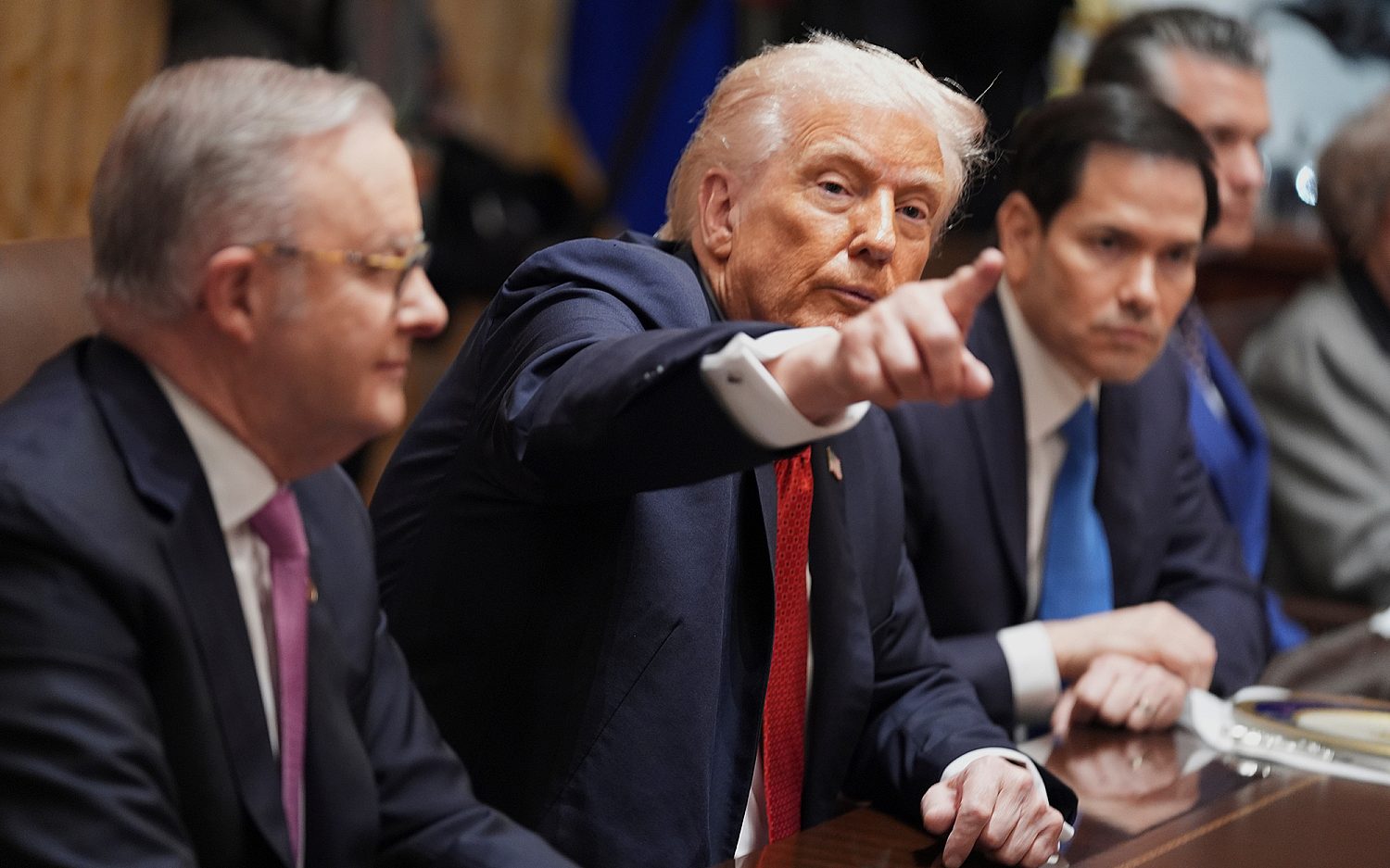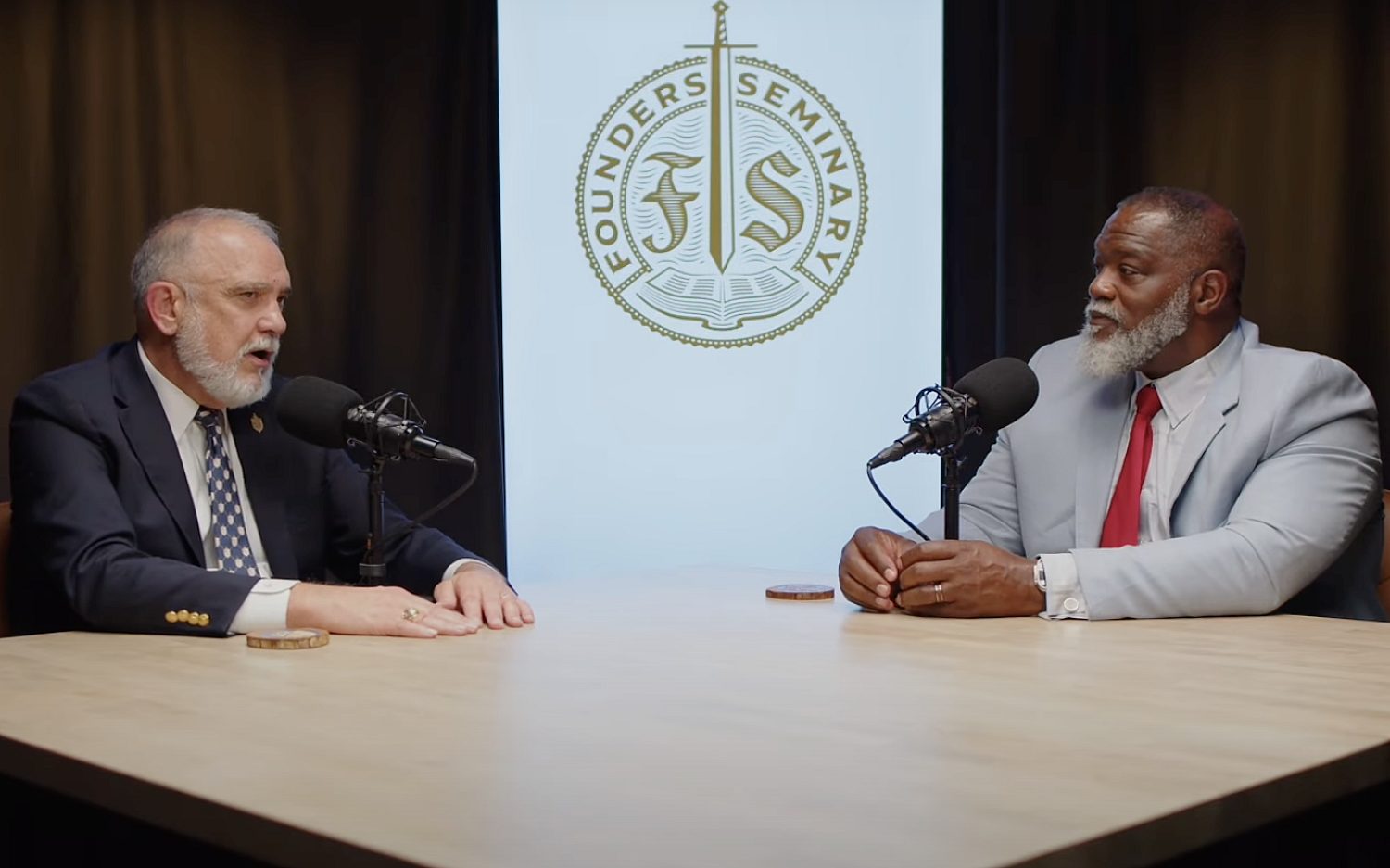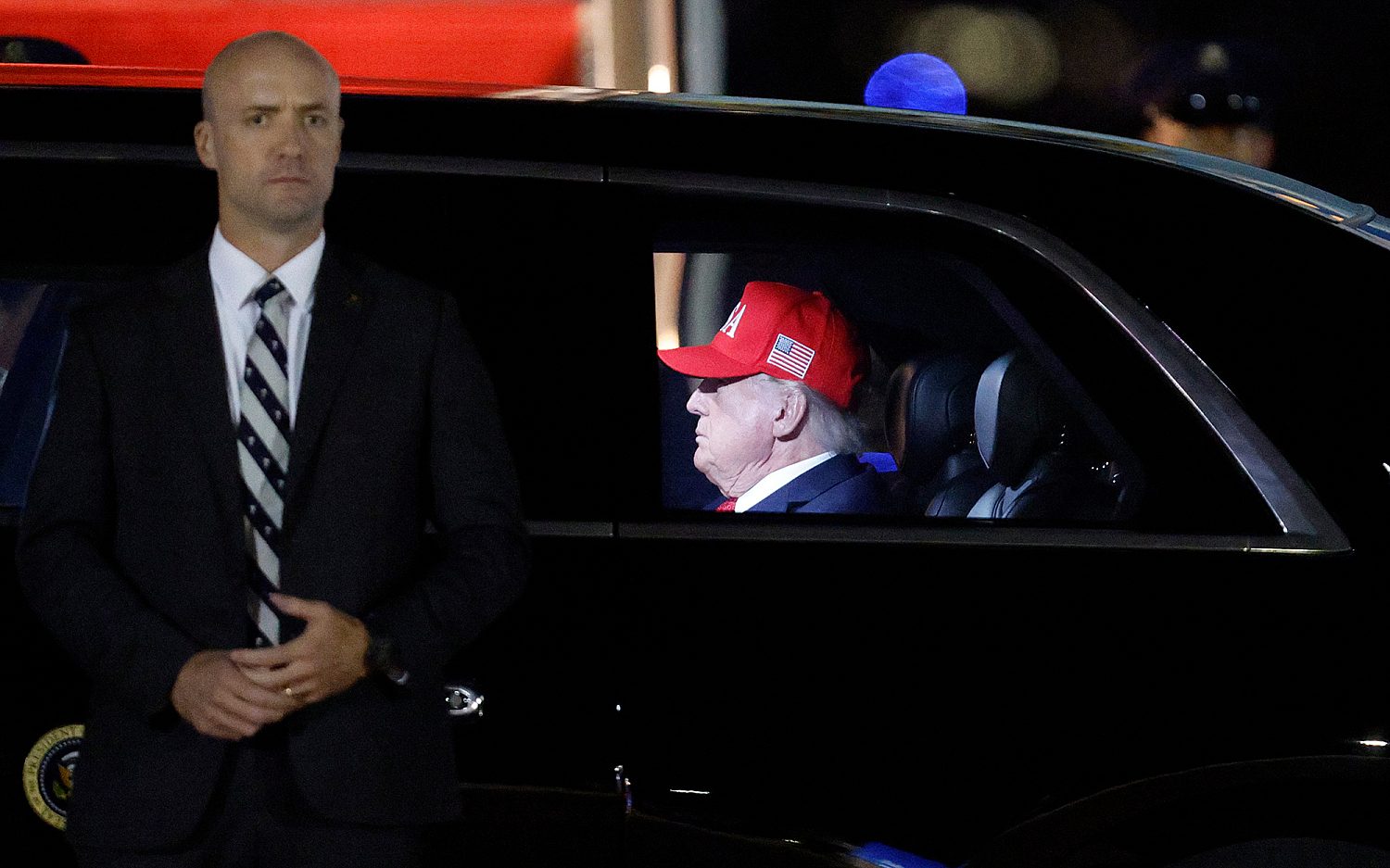Lessons in spotting mainstream media bias
Communications professor Jim Kuypers gives pointers for deconstructing liberal positions in ‘neutral’ news reports
Jim Kuypers has made a name for himself deconstructing the mainstream media. A professor of communications at Virginia Tech, he’s written several influential books on the press that conclude there is, in fact, a significant liberal media bias. Kuypers has written or contributed to more than a dozen books, including Partisan Journalism: A History of Media Bias in the United States and Media Smackdown: Deconstructing the News and the Future of Journalism.
Can you define “framing” and what you mean by that? Framing is when you use words or symbols to put a certain interpretation on otherwise neutral facts. Think about a picture, any picture. When you put a picture frame around it, it draws your attention to certain colors or certain shapes within that picture. You put a gold frame on it, you are going to be more likely to see maybe blues and silver colors because the gold in the picture is going to blend in with the gold part of the frame. You put a different color frame on there, it’s going to draw your eye to different colors. We can do that with words as well.
Frames emerge over time, correct? Yes. When you start looking at a storyline across time, you will start to be able to pick up these frames if you know what you’re looking for. I don’t think journalists sit in darkened back rooms and conspire to frame something in a particular way. I think most of these are unconsciously put on top of a news story, but it does start in the mind of the journalist and in the newsroom, and once that frame takes shape and is in place, it’s very difficult to break.
If you ask a mainstream journalist if there’s an anti-Christian bias in journalism, inevitably you get the answer that there is none. Yet, if you look at quantitative data of the kind that you and others have assembled, it seems that bias is undeniable. I certainly think it’s undeniable. I don’t think that the majority of journalists are anti-Christian. I do think a majority of journalists have no clue about Christianity or what Christians are or what they believe. I don’t think they have a fundamental education in the Trinity, for instance. What is the mystery of the Trinity, or what does saved by grace mean?
Because of that, they would have difficulty differentiating between Mormons and Christians or between Reformed Christians and Anabaptist Christians? Yes, I think if you were to say, “I’m an evangelical” or “I’m a Mormon,” they wouldn’t really have a clue. They would think you believe in God or maybe Jesus Christ, and that would be the end of it. They would not have the same understanding of faith-based reasoning that the majority of your listeners do.
If you dropped somebody with no understanding of aerodynamics onto the military beat and said, “You’re going to cover the F-35 joint strike fighter,” I think everybody’s red flags would go up. Everybody would say, “This guy is not qualified to cover the military beat,” or, “This woman is not qualified to cover the science beat if she’s never had a science course in her life.” Yet, the overwhelming majority of mainstream journalists don’t seem to have any religious training. That’s very true. However, it’s not just religion where there’s that difficulty. Thomas Patterson in his book Informing the News … has a chapter on the knowledge problem. He talks about this idea that journalists are called to cover stories that they’re not trained to cover. They’re trained to write, they’re trained to ascertain facts, but they are not trained within the knowledge base of that which they cover. … When religion does come into play, they’re not trained in religion. Most of them do not profess a religion, do not go to church, and have had no religious training in their upbringing. As a group, they have not. They’re called upon to cover something which they really have no background knowledge, and that’s a tough task.
How can discerning consumers spot this kind of bias in the media we consume? Picking up a paper and reading a story, particularly over time, they can look for that particular technique of “sandwiching.” … The reporter generally summarizes what’s going on, which goes in a particular direction. If there’s a conservative, there’s that poor lone conservative giving a point of view, and then there’s going to be a liberal or two that give oppositional information, so in a sense, the conservative point of view you will see being ganged-up on. … You’re going to see the conservative point of view outnumbered generally 3-1 on average. I’ve seen in a single news story up as high as 12-1 a liberal point of view to the conservative one. There’s also labeling. Conservatives will be labeled “ultraconservative,” “heavily conservative,” or “the fundamentalist,” but you don’t have those labels on the liberals.
Journalists use these techniques to subtly communicate what you determined was a liberal point of view. How pervasive are those techniques? At the conclusion of that 2002 book, I called the American mainstream media an anti-democratic institution it was so bad. … What we’re seeing now, or what I am arguing in that book that we’re seeing, is I think it’s obvious we have an active partisan, left-leaning mainstream media. I think it’s irrefutable. We have that. I say, just acknowledge it and let’s look at the alternate, right-leaning media that we have. … Right partisan media is growing. It is challenging the influence of the left-leaning media, and what we’re seeing now is a clash of ideas in the public sphere, which I think can ultimately be healthy for America. Left-thinking isn’t necessarily wrong. Right-thinking isn’t necessarily wrong. Neither is necessarily right on any given topic. We need a healthy clash of ideas in the public sphere in order to come up with good policies that work for all Americans.
Given the reality of the bias in the mainstream media today, what would you recommend to others to make sure that they are discerning consumers of American journalism? You certainly do not need an advanced degree. You do not need a college degree to detect this bias yourself. You do need a little bit of knowledge, and that’s where looking for this technique of sandwiching, looking for unbalanced use of sources, looking at how individuals or concepts are labeled comes into play. My biggest recommendation would be to look at two or three different news sources every time you go to the news. If you’re a regular Fox News listener, check out CNN every once in awhile or check out MSNBC every once in awhile, just to see what they’re saying on the same issue, just so you’re aware of what other Americans are exposed to. It will only help you. If you have just one newspaper, like your local paper, go online and look at the same story, look at something alternate. Pick out one alternate news source. If you really want to challenge yourself, do three or four of those, if you have the time to do that, on stories that are of particular interest to you.
Listen to Warren Smith’s full conversation with Jim Kuypers on Listening In.
An actual newsletter worth subscribing to instead of just a collection of links. —Adam
Sign up to receive The Sift email newsletter each weekday morning for the latest headlines from WORLD’s breaking news team.





Please wait while we load the latest comments...
Comments
Please register, subscribe, or log in to comment on this article.